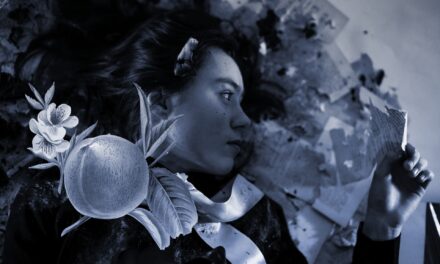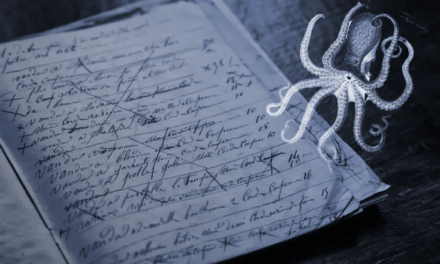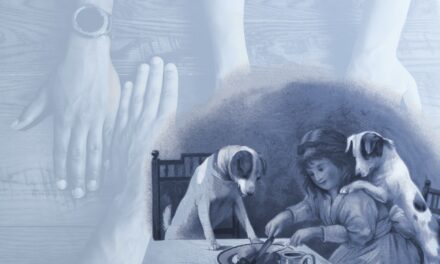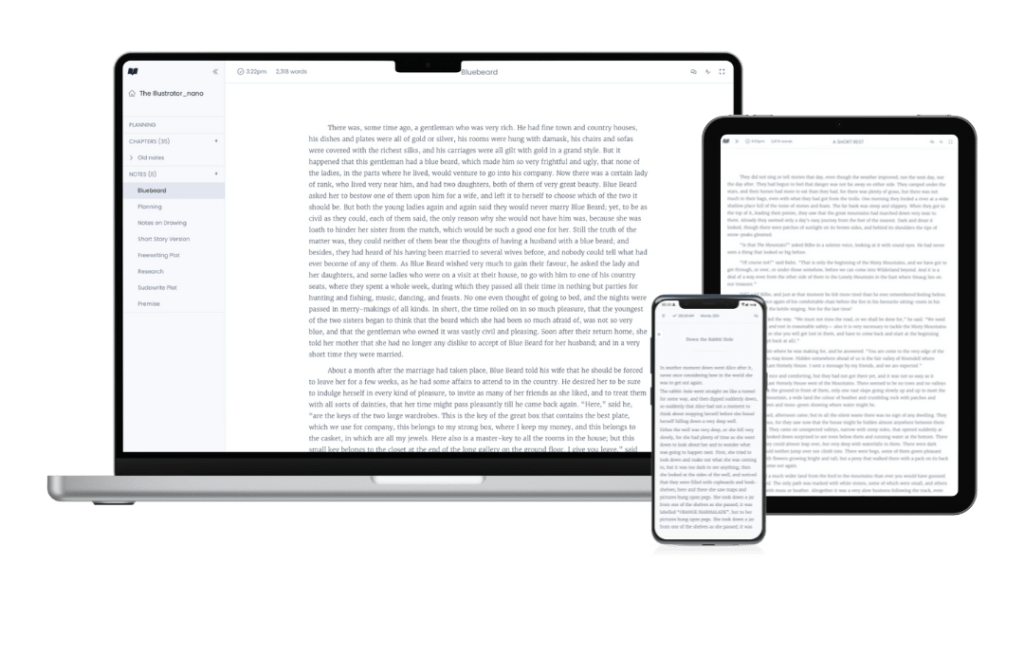
When Creativity Meets Reality: The Truth Behind “Write What You Know”

Write what you know.
It’s the oldest and simplest advice handed out to new writers, and while some people may disagree over its applicability when it comes to crafting story worlds and characters, there is one frequently overlooked area where this advice comes into its own, and that is writing style.
Most of us become writers after years of being readers. We love stories, and the desire to craft our own tales often arises because we know firsthand the kind of magic that can be created between a reader and words on a page.
Don’t use reading as a crutch
Reading is a fantastic way of learning the craft of writing, but sometimes it makes us complacent. When you’ve read thousands of stories, you start to get a feel for how sentences should hang together, the best places to add description or dialogue, when a simile is needed, or when a metaphor would be best. Consequently, we can fall into the habit of including those things unthinkingly, not because they strengthen the prose.
Here’s an example from an old story of mine:
“Maybe the charm only worked for a few days, and then it needed to be refilled with whatever it was that made it work. Maybe it was like a plant, needing water every few days to keep it growing.”
In these lines, I was trying to convey the idea of something that needed constant attention and frequent nurturing, and so I settled on the image of a plant.
Had I ever owned a plant when I wrote this?
No. And it shows.
I wouldn’t write this image now, many years and many house plants later, because I’ve killed far more plants through overwatering than underwatering, and my plants all seem to live their best lives when I ignore them for a couple of weeks. It’s a subtle point, but it leaps out to me now because I know it to be a false image. I felt I needed a simile at this point in the paragraph, so I looked for something that I thought would fit, rather than use what I knew for sure would be accurate. I used the first thing that popped into my head rather than trying to find an image closer to home that was based on something I’d actually experienced.
Is this pedantic? Maybe.
Is it important? Yes.
Here’s another example from a different story:
“A tangle of brown hair stood out around his head in a greasy halo, and his heart-shaped face and wide blue eyes made him look as though he had just woken from sleep.”
How does the character’s face shape and eye colour make him look sleepy? I didn’t know then, and I don’t know now either. What I think happened was that I’d read a description like this in another book, thought it was cool, and added it in without thinking about what the words actually meant. I’d never seen anyone in real life who looked like this, and I couldn’t picture how these details would translate into real life; this description was pure fiction.

Choose your words with care
The stories we write might be fantastical, but they have to contain seeds of truth. Otherwise, they’re not believable. Without honesty, there’s no way to weave the magic we’re all in search of when we write, because it is authenticity that creates the special moment of connection between writer and reader. That moment when a turn of phrase, a description, a detail, an image bridges the gap between individuals with a spark of recognition: yes, I know this, I have seen this thing too. This works on a large scale, and it works on a small scale, too.
Every word in a structured piece of writing should be chosen with care. It’s so easy to describe water as sparkling, clouds as heavy, foliage as lush, waves as frothing – but no matter what you’re writing, it’s always worthwhile pausing and asking yourself, “Am I using this word because it’s real? Am I using this image because it matches with my lived experience of this thing? Or am I using this adjective because I’ve seen other writers use it like this and because it’s the normal way of writing about this thing?”
Of course, there’s nothing wrong with using imagination to fill the gaps in our life experiences. There are instances where it doesn’t hurt to embellish our writing with the flair and flourish that only creativity can provide.
But I would argue that the truest moments in writing are when creativity meets reality.
There are plenty of stories where the plots and world-building aren’t based on the author’s real world, lived experiences, but they’re still believable because they capture moments that we all recognise. That’s what authors mean when they tell you to “write what you know.” Even the hard-boiled detective novel or high fantasy epic will have those moments where real life shines out through the prose, and the story thrums with that power of knowing, of the author having transcribed something authentic and true.
And that’s where the magic happens.
































